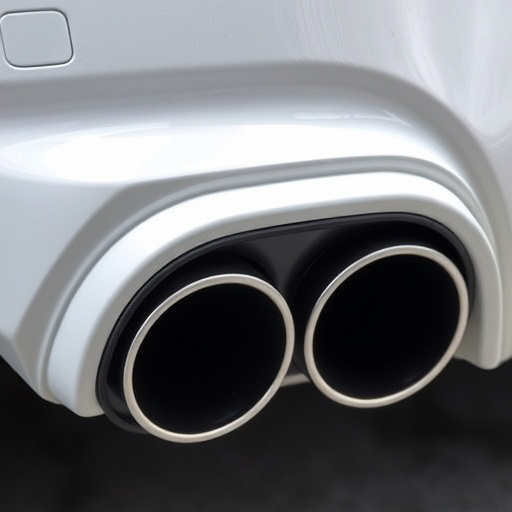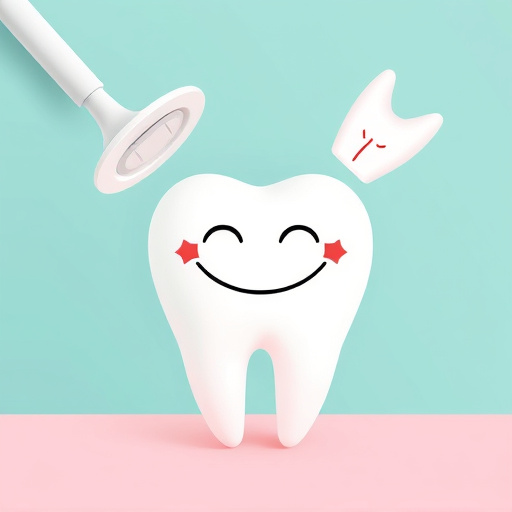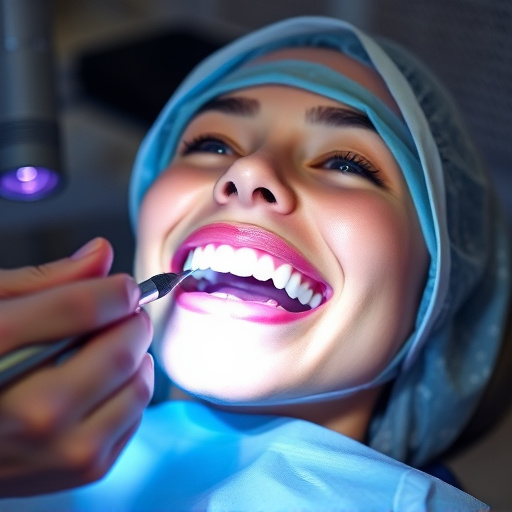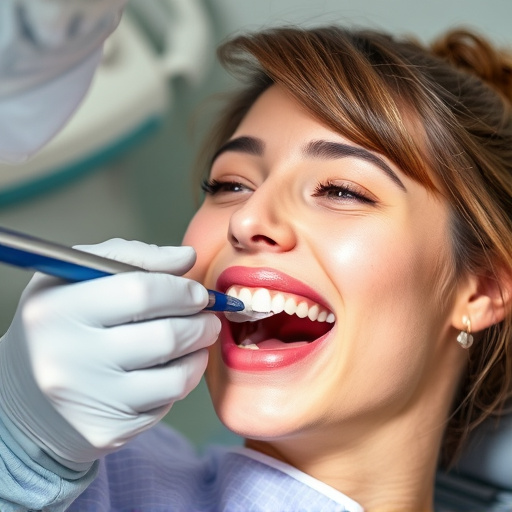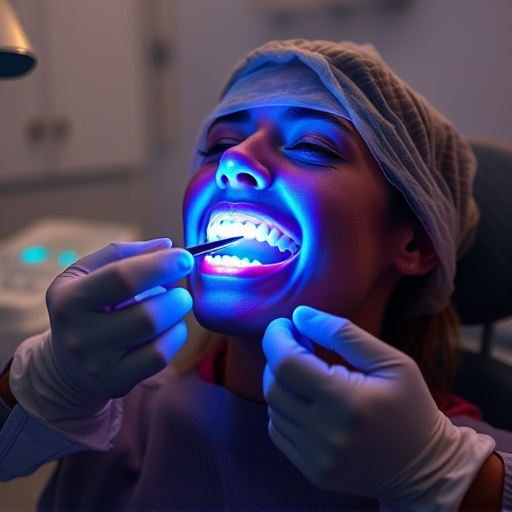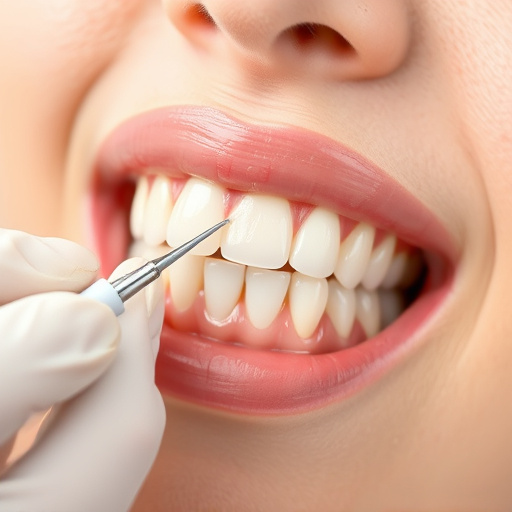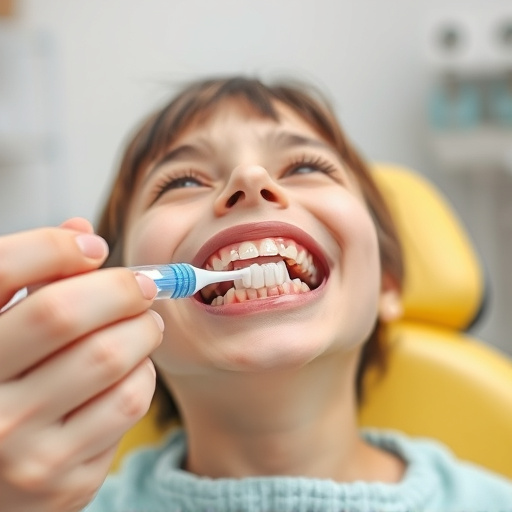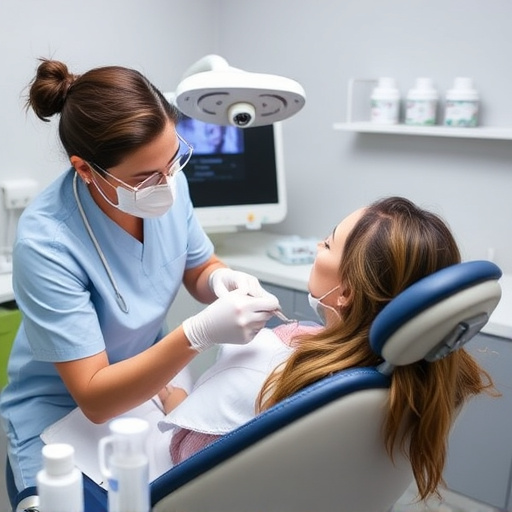TMJ disorder (TMD) treatment involves a multifaceted, holistic approach addressing symptoms and underlying causes. Non-invasive therapies like occlusal therapy, physical therapy, massage, heat/ice applications, and lifestyle changes offer effective, short-term relief. Dental bonding redistributes bite forces, while holistic practices emphasize long-term management through stress reduction, dietary adjustments, exercise, and avoiding harmful chewing habits. Consulting a qualified healthcare provider ensures personalized guidance, especially for complex cases or wisdom tooth removal.
“Discover holistic approaches to treat TMJ disorder, a condition impacting jaw joint health. This comprehensive guide explores non-invasive therapies and lifestyle changes offering lasting relief. From massage therapy and acupuncture to dietary adjustments and stress management, these natural methods provide an alternative path to healing. Learn how to navigate the intricate world of TMJ disorder treatment, focusing on long-term management and overall well-being.”
- Understanding TMJ Disorder and Holistic Treatment Approaches
- Non-Invasive Therapies for Symptom Relief
- Lifestyle Changes and Complementary Practices for Long-Term Management
Understanding TMJ Disorder and Holistic Treatment Approaches
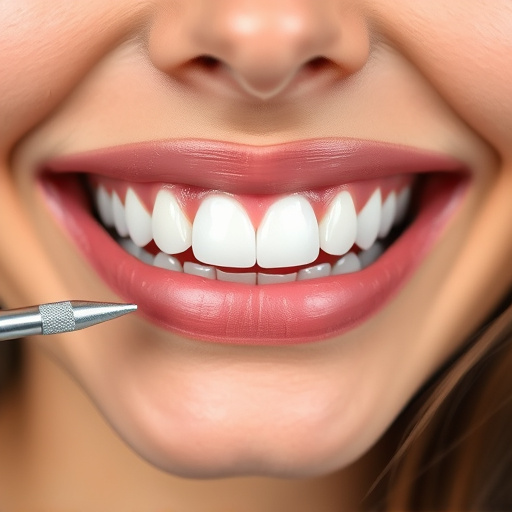
TMJ disorder treatment involves a complex interplay between various medical and dental disciplines. TMJ (temporomandibular joint) disorder affects the jaw joint and muscles responsible for chewing, leading to symptoms like pain, clicking sounds, and difficulty opening or closing the mouth. It’s not just a dental issue; it often intertwines with neurological, muscular, and skeletal systems.
Holistic approaches to TMJ disorder treatment consider the interconnectedness of these systems, offering a comprehensive dental care solution. This involves not only addressing the symptoms but also identifying and treating underlying causes. Techniques like dental bonding, often used in cosmetic dentistry, can help restore jaw function and alleviate pain by redistributing bite forces. Additionally, non-invasive treatments such as physical therapy, massage, and lifestyle modifications aim to relax muscles, reduce inflammation, and improve overall mouth and body alignment, providing long-lasting relief for TMJ disorder sufferers.
Non-Invasive Therapies for Symptom Relief

Many patients suffering from TMJ disorder (TMD) find relief through non-invasive therapies that focus on mitigating symptoms rather than aggressive treatments. These approaches are often preferred as they offer a gentle and effective way to manage TMD without the risks associated with more invasive procedures. One common method is occlusal therapy, which involves adjusting the bite alignment using custom-made mouthguards or splints. These devices help relax jaw muscles, reduce clenching, and improve overall bite balance, providing significant symptom relief for many individuals.
Additionally, non-invasive treatments like physical therapy and massage are gaining popularity in TMJ disorder management. Specialized exercises and manual techniques can loosen tight jaw muscles, increase joint mobility, and reduce pain. Other options include heat or ice therapy, which helps alleviate inflammation and discomfort. While these methods may not cure TMD, they offer effective short-term relief and can be excellent complements to other forms of treatment, such as dental interventions (including teeth cleaning and, in some cases, dental crowns) tailored to individual needs, especially for children’s dentistry patients.
Lifestyle Changes and Complementary Practices for Long-Term Management

Many holistic approaches to TMJ disorder treatment focus on long-term management through lifestyle changes and complementary practices. This can include stress reduction techniques like yoga or meditation, as well as adjustments in diet and physical activity levels. Avoiding excessive chewing gum or biting hard objects can also help alleviate symptoms.
In addition to these lifestyle modifications, some individuals find relief through complementary therapies such as acupuncture, massage, or chiropractic care. These practices aim to address underlying imbalances in the body that may contribute to TMJ disorder. It’s important to consult with a qualified healthcare provider or specialist in general dentistry or family dentistry to determine the most effective combination of treatments for individual needs, especially if wisdom tooth removal is considered as part of the treatment plan.
TMJ disorder treatment goes beyond traditional methods, offering a holistic spectrum of options. By combining non-invasive therapies, targeted lifestyle changes, and complementary practices, individuals can achieve lasting relief and improved quality of life. Embracing these diverse approaches ensures a comprehensive understanding and effective management of TMJ disorder symptoms, providing a more balanced and sustainable path to healing.

